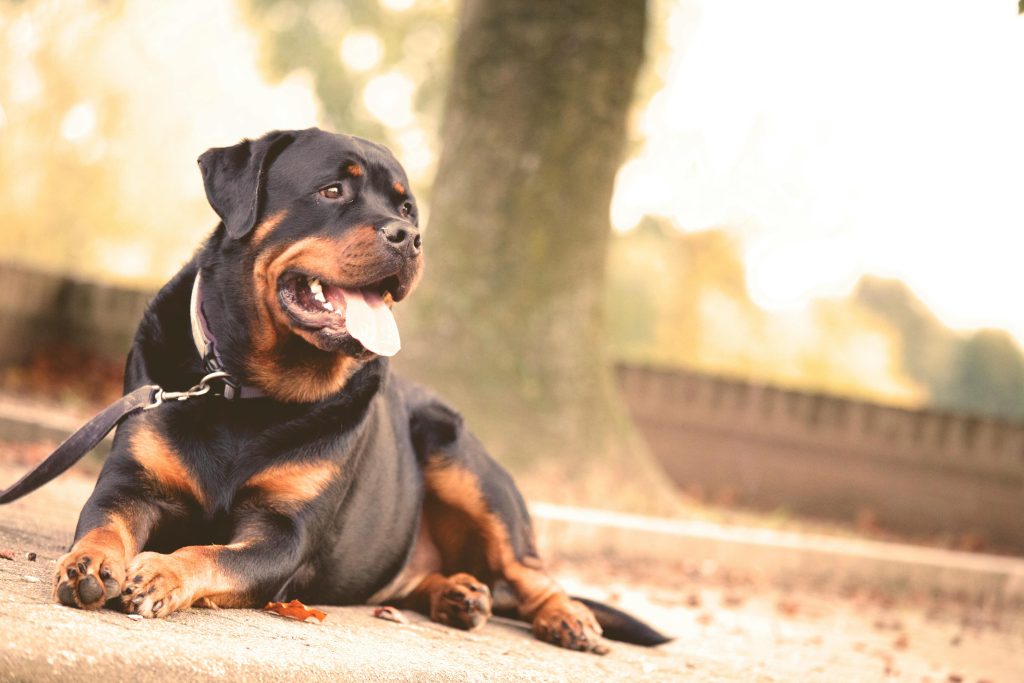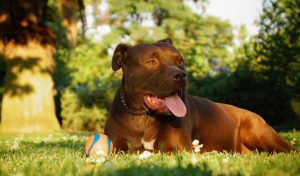Why Your Dog Seems “Off” During Hot Weather
The summer sun is out, and your routine is finally feeling fun again — but suddenly, your dog seems tired, stubborn, or just… different. Sound familiar?
Many dog owners notice changes in behavior during the summer months. Whether it’s sluggishness on walks, increased reactivity, or trouble settling indoors, heat and seasonal shifts have a real effect on canine behavior.
Let’s break down what’s happening, what’s normal, and how to adjust your training and care to help your dog thrive this summer.
1. Heat Directly Impacts Energy and Focus
Dogs don’t regulate body temperature like humans. They sweat only through their paws and rely mostly on panting to cool off. When the temperature rises:
- Focus drops faster
- Energy levels plummet
- Overheating becomes a risk
- Outdoor motivation decreases
This means your normally enthusiastic dog might suddenly resist walks or training — not out of defiance, but due to heat-related stress.
2. Summer Can Increase Reactivity and Stress
More people, more dogs, more noise, more smells — summer brings stimulation overload. Even well-trained dogs can become reactive during this time because of:
- Crowded parks or sidewalks
- Loud outdoor events and fireworks
- Strangers approaching more frequently
- Changes in household schedules (kids home from school, travel, visitors)
If your dog seems more alert, jumpy, or barky, they may just be reacting to the seasonal chaos around them.
3. Dehydration Can Alter Behavior
Mild dehydration can make dogs:
- Sluggish
- Cranky
- Less responsive
- More prone to distraction or even confusion
Always provide access to clean, cool water, especially before and after training sessions or time outside.
4. Changes in Routine Throw Off Structure
Vacations, visitors, longer daylight hours — all of these impact your dog’s daily rhythm. Dogs thrive on consistency, so a lack of predictable structure can result in:
- Regression in training
- Increased anxiety
- Excess energy indoors
- Jumping, chewing, or barking
Maintaining basic routines and commands — even in a flexible way — helps your dog stay calm and grounded.
How to Adjust Your Training for Summer Success
✅ Train During Cooler Parts of the Day
Focus your leash work or obedience drills early in the morning or after sunset. Avoid midday heat unless you’re working indoors.
✅ Use Shade, Water, and Short Sessions
Break training into 5–10 minute blocks. Practice in shaded areas or use water breaks as a built-in reward.
✅ Practice Calmness Indoors
Summer is a great time to reinforce “place,” crate time, and calm indoor behavior. Structure doesn’t stop just because you’re indoors.
✅ Desensitize to Distractions
Fireworks? Guests? Practice obedience with mild sound distractions (TV, music, or controlled noise apps) so your dog builds resilience.
✅ Stick to a Predictable Schedule When Possible
Even if your family routine is changing, aim for consistent meal times, walks, and brief daily training — dogs rely on pattern and clarity.
What to Watch For (And When to Be Concerned)
Some behavior shifts are seasonal. Others may signal something more serious. Contact your vet if you notice:
- Excessive lethargy
- Disorientation or staggering
- Drooling, heavy panting, or vomiting after light exercise
- Refusal to drink water
- Sudden or extreme changes in temperament
These may be signs of heatstroke or another health issue that needs immediate attention.
Final Thoughts: Summer Is a Training Opportunity, Not a Pause
Your dog’s training doesn’t need to stop in the summer — it just needs to evolve. With a few smart adjustments, you can continue building obedience, focus, and calm behavior all season long.
The more intentional you are about heat, routine, and structure, the more comfortable and confident your dog will be — no matter how high the temperature climbs.


